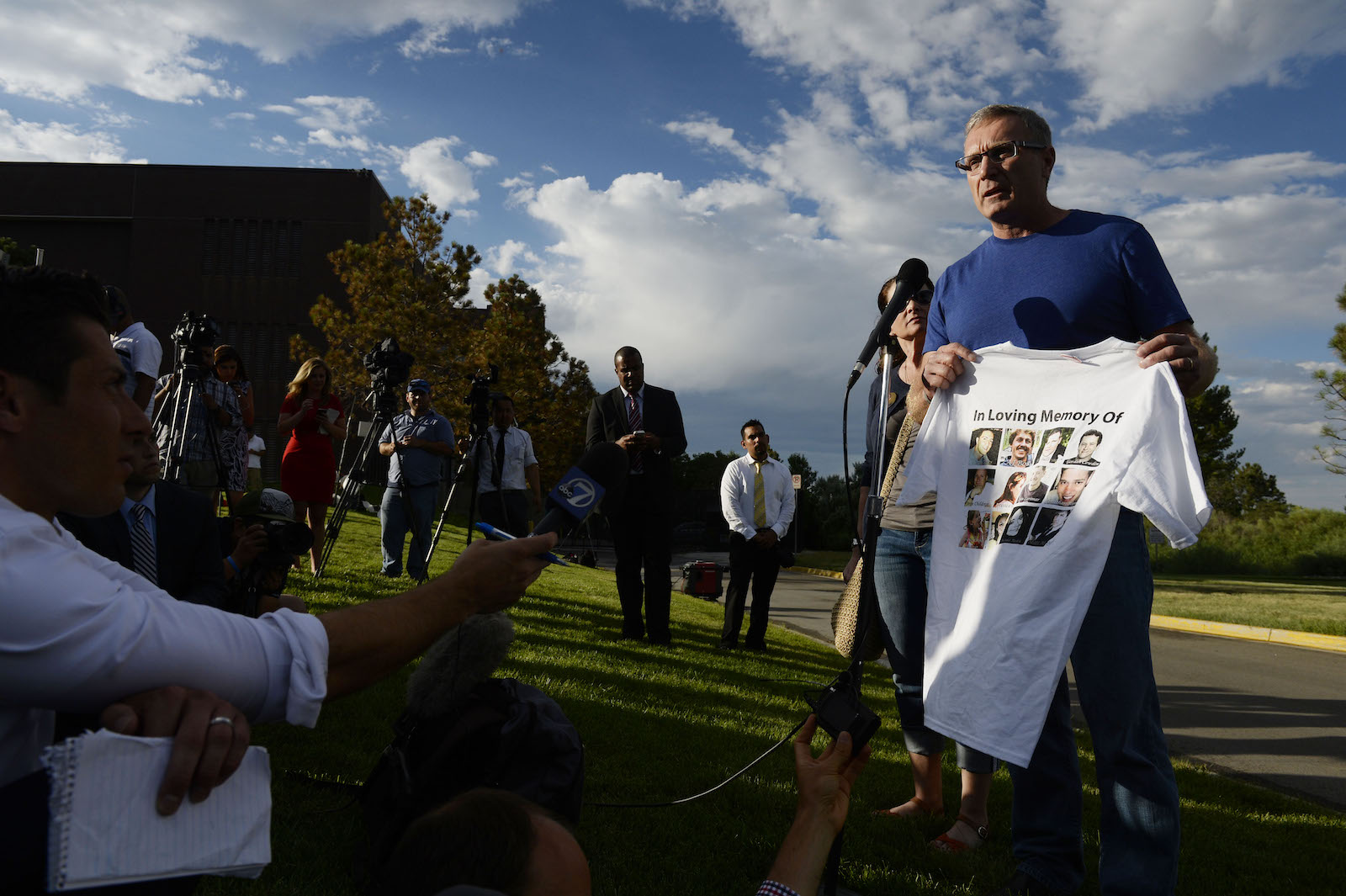
This piece is from our sister publication Nieman Reports.
When a gunman killed 51 people and injured dozens more at two mosques in Christchurch, New Zealand in March, the official response was swift. Restrictions were imposed on military-style semiautomatic weapons and assault rifles, and on magazines and ammunition. The ban was made permanent by an all-but-unanimous vote in Parliament, followed by a $136 million allocation to buy back semiautomatic firearms by December. And the prime minister, Jacinda Ardern, wore a hijab to console families of victims and other Muslims.
But it was another gesture that most caught the attention of a group of American activists and policymakers: Ardern proclaimed that she would never name the shooter, and a judge ordered that photos of his face, when he appeared in court, be blurred “to preserve any fair trial rights.” They were, though some journalism outlets that complied with the order also published or posted images of the suspect in which his face was visible. When the accused returned to be formally charged with murder and terrorism — his trial will begin next year — some of New Zealand’s major media organizations vowed “to the extent that is compatible with the principles of open justice, limit any coverage of statements that actively champion white supremacist or terrorist ideology.”It was the highest-profile validation of an idea that has come to be known as “strategic silence,” pushed by relatives of victims, law enforcement agencies, criminologists, academic researchers — and a growing number of readers, listeners, and viewers — to downplay the names, images, and ideologies of perpetrators of mass crime. It was also an example of how media organizations are struggling with this strategy.
It’s not clear where the expression “strategic silence” originated as it pertains to journalism (it’s long been a term of art in crisis public relations). danah boyd and Joan Donovan, former colleagues at the research institute Data & Society, are largely credited with using it most prominently last year in a story in The Guardian about efforts through history to “quarantine” the Ku Klux Klan, but the two activists say it didn’t actually start with them. Among the earliest instances in which journalists used those words were in the mid-1990s to describe not something they were doing, but that the Clinton administration was, stonewalling the media in the midst of Whitewater and other scandals. But the concept itself has been around for almost a century. It was known as “dignified silence” in the 1920s, when the black press used it to downplay news about the Ku Klux Klan, and “quarantining” when Jewish organizations pushed journalists to give less attention to the ideas of white supremacists and American Nazis.
Whatever it’s called, it’s gaining traction. A study of 6,337 stories about the Christchurch attacks found that only 14 percent of U.S. publications named the shooter and almost none linked to his manifesto or the forum where he posted it. A handful of prominent journalists have said they’ve made a policy of this, including CNN’s Anderson Cooper. Media watchers say there’s anecdotal evidence that news outlets no longer splash the names and faces of mass shooters on screens and pages as much as they once did.